
OMF vs. Flexy Markets Full Information with Pointwise Comparison
By: Swarnalata
Published on: Apr 14, 2025
In the rapidly evolving world of trading platforms, choosing the right one can make or break your financial journey. Two names that often come up in discussions are OMF and Flexy Markets. This comprehensive blog post dives deep into OMF vs. Flexy Markets, providing full information with a pointwise comparison to help you decide which platform aligns best with your trading goals. Whether you're a seasoned trader or just starting out, understanding the nuances of OMF vs. Flexy Markets is crucial for making an informed choice.
What is OMF?
OMF, short for Online Market Financials, is a well-established trading platform known for its robust tools and extensive market access. When comparing OMF vs. Flexy Markets, OMF stands out for its long-standing reputation in the financial industry, catering to traders who value reliability and advanced features.
Key Features of OMF:
- Diverse Asset Classes: OMF offers trading in forex, stocks, commodities, indices, and cryptocurrencies.
- Advanced Trading Tools: From charting software to algorithmic trading options, OMF equips traders with sophisticated tools.
- Regulatory Compliance: OMF operates under strict regulations, ensuring user funds are secure.
- Educational Resources: Comprehensive webinars, tutorials, and market analysis for all trader levels.
- Customizable Platforms: Desktop, web, and mobile platforms tailored to user preferences.
What is Flexy Markets?
Flexy Markets, on the other hand, is a newer player in the trading arena, gaining attention for its user-friendly interface and flexible trading conditions. In the OMF vs. Flexy Markets debate, Flexy Markets appeals to traders seeking simplicity without compromising on functionality.
Key Features of Flexy Markets:
- Intuitive Interface: Designed for ease of use, ideal for beginners.
- Flexible Leverage Options: Offers customizable leverage to suit different risk appetites.
- Low Minimum Deposits: Makes trading accessible to those with smaller budgets.
- 24/7 Customer Support: Responsive support via live chat, email, and phone.
- Focus on Forex and CFDs: Specializes in forex and contracts for difference (CFDs).
OMF vs. Flexy Markets: Pointwise Comparison
To give you a clear picture of OMF vs. Flexy Markets, let’s break down the comparison into key points. This pointwise analysis ensures that you grasp the strengths and weaknesses of each platform.
 1. Platform Accessibility
1. Platform Accessibility
- OMF: Offers multiple platforms, including MetaTrader 4/5, proprietary web platforms, and mobile apps. The variety in OMF vs. Flexy Markets makes OMF a go-to for traders who need flexibility across devices.
- Flexy Markets: Primarily focuses on a web-based platform with a mobile app. While user-friendly, it lacks the extensive platform options of OMF.
2. Asset Variety
- OMF: Excels in OMF vs. Flexy Markets with a broader range of tradable assets, including stocks, ETFs, and cryptocurrencies alongside forex and commodities.
- Flexy Markets: Concentrates on forex and CFDs, which may limit options for traders looking to diversify their portfolios.
3. Fees and Spreads
- OMF: Competitive spreads but charges commissions on certain accounts. In OMF vs. Flexy Markets, OMF’s fee structure is transparent but may be higher for high-frequency traders.
- Flexy Markets: Offers low spreads and no commission on standard accounts, making it attractive for cost-conscious traders.
 4. Leverage and Margin
4. Leverage and Margin
- OMF: Provides moderate leverage options, capped by regulatory guidelines, ensuring safer trading practices.
- Flexy Markets: Stands out in OMF vs. Flexy Markets with higher leverage options, appealing to risk-tolerant traders but requiring careful risk management.
5. User Experience
- OMF: Caters to experienced traders with complex tools, which might overwhelm beginners in the OMF vs. Flexy Markets comparison.
- Flexy Markets: Prioritizes simplicity, making it easier for novices to navigate and execute trades.
 6. Regulation and Security
6. Regulation and Security
- OMF: Regulated by top-tier authorities like ASIC and FCA, giving it an edge in OMF vs. Flexy Markets for trustworthiness.
- Flexy Markets: Operates under less stringent regulations, which may raise concerns for some traders.
 7. Customer Support
7. Customer Support
- OMF: Provides multilingual support but with limited availability during off-hours.
- Flexy Markets: Shines in OMF vs. Flexy Markets with round-the-clock support, ideal for traders in different time zones.
 8. Educational Resources
8. Educational Resources
- OMF: Offers extensive learning materials, from beginner guides to advanced strategies, making it a leader in OMF vs. Flexy Markets for trader education.
- Flexy Markets: Provides basic resources, sufficient for new traders but lacking depth for advanced users.
9. Account Types
- OMF: Multiple account tiers, including standard, pro, and VIP, catering to diverse trader needs.
- Flexy Markets: Fewer account options but designed for accessibility, a key factor in OMF vs. Flexy Markets for budget-conscious users.
10. Deposit and Withdrawal Options
- OMF: Supports bank transfers, credit cards, and e-wallets with reasonable processing times.
- Flexy Markets: Similar options but faster withdrawals, giving it a slight advantage in OMF vs. Flexy Markets.
Pros and Cons: OMF vs. Flexy Markets
OMF
Pros:
- Wide range of assets and tools.
- Strong regulatory framework.
- Comprehensive educational resources.
- Customizable platforms for advanced traders.
Cons:
- Higher fees for some accounts.
- Complex interface for beginners.
Flexy Markets
Pros:
- User-friendly platform.
- Low-cost trading with tight spreads.
- High leverage options.
- Excellent customer support.
Cons:
- Limited asset variety.
- Less stringent regulation.
Which Platform Should You Choose in OMF vs. Flexy Markets?
The OMF vs. Flexy Markets decision depends on your trading style, experience level, and priorities. Here’s a quick guide to help you choose:
- Choose OMF if:
- You’re an experienced trader needing advanced tools.
- You value regulation and security.
- You want access to diverse markets like stocks and cryptocurrencies.
- You’re looking for in-depth educational resources.
- Choose Flexy Markets if:
- You’re a beginner or prefer a simple interface.
- You want low-cost trading with flexible leverage.
- You primarily trade forex or CFDs.
- You need 24/7 customer support.
Tips for Maximizing Your Trading Experience
Regardless of whether you lean toward OMF or Flexy Markets in the OMF vs. Flexy Markets comparison, here are some SEO-optimized tips to enhance your trading:
- Research Thoroughly: Understand the platform’s features before committing.
- Start with a Demo Account: Both OMF and Flexy Markets offer demo accounts to practice risk-free.
- Manage Risk: Use stop-loss orders and avoid over-leveraging, especially on Flexy Markets.
- Stay Updated: Follow market news and platform updates to adapt your strategies.
- Leverage Education: Utilize OMF’s resources or external courses to sharpen your skills.
Why OMF vs. Flexy Markets Matters for Traders
The OMF vs. Flexy Markets debate isn’t just about picking a platform—it’s about aligning your choice with your financial goals. OMF’s robust ecosystem suits traders who thrive on complexity and variety, while Flexy Markets’ simplicity and affordability cater to those prioritizing ease and cost-efficiency. By weighing the pointwise comparison of OMF vs. Flexy Markets, you can confidently select a platform that supports your trading journey.
Conclusion
In this detailed exploration of OMF vs. Flexy Markets, we’ve covered everything from platform accessibility to fees, regulation, and user experience. Both platforms have unique strengths, making the OMF vs. Flexy Markets choice a matter of personal preference. OMF offers a comprehensive, regulated environment for seasoned traders, while Flexy Markets provides an accessible, cost-effective option for beginners and forex enthusiasts.



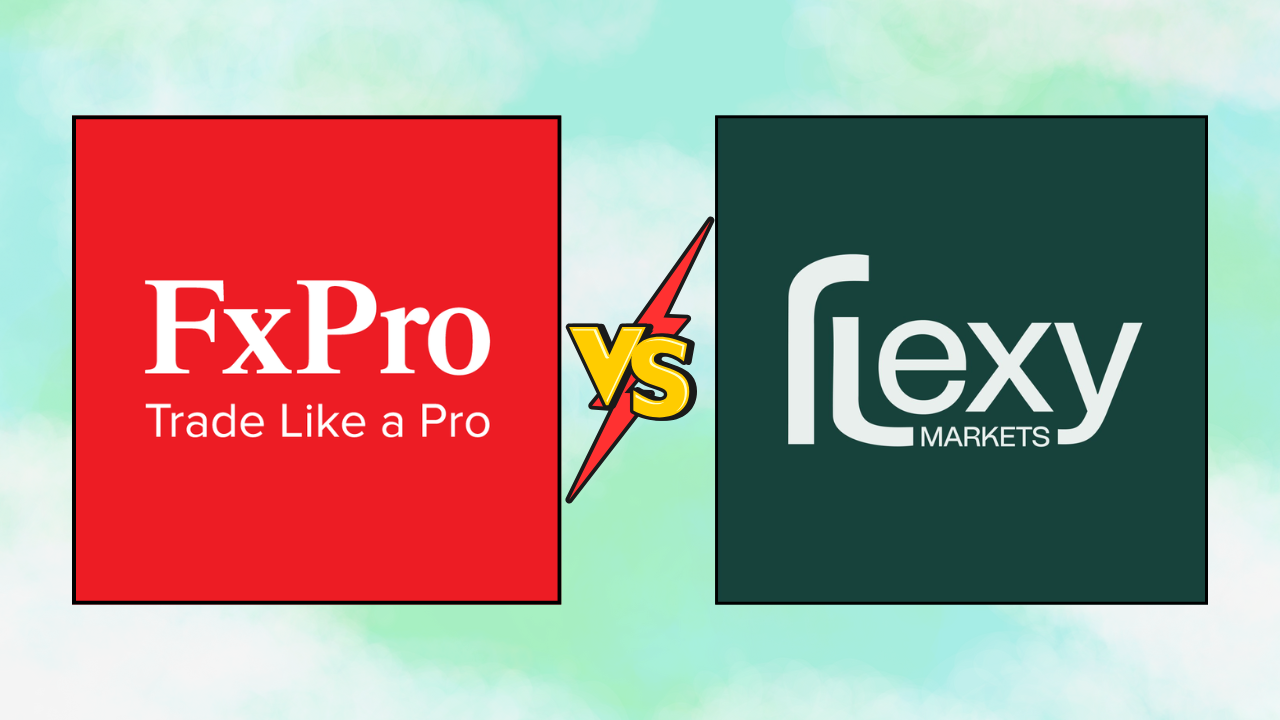
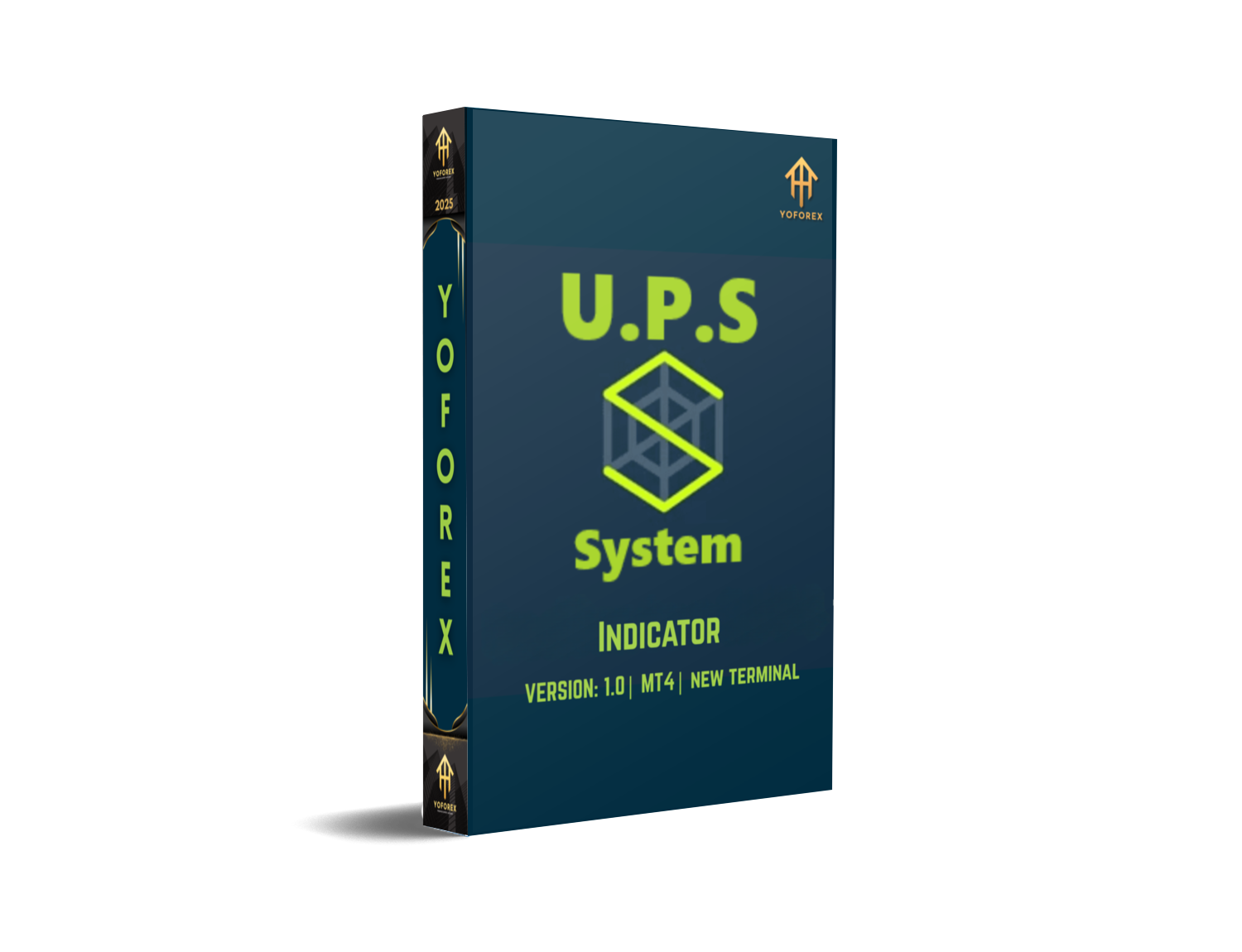
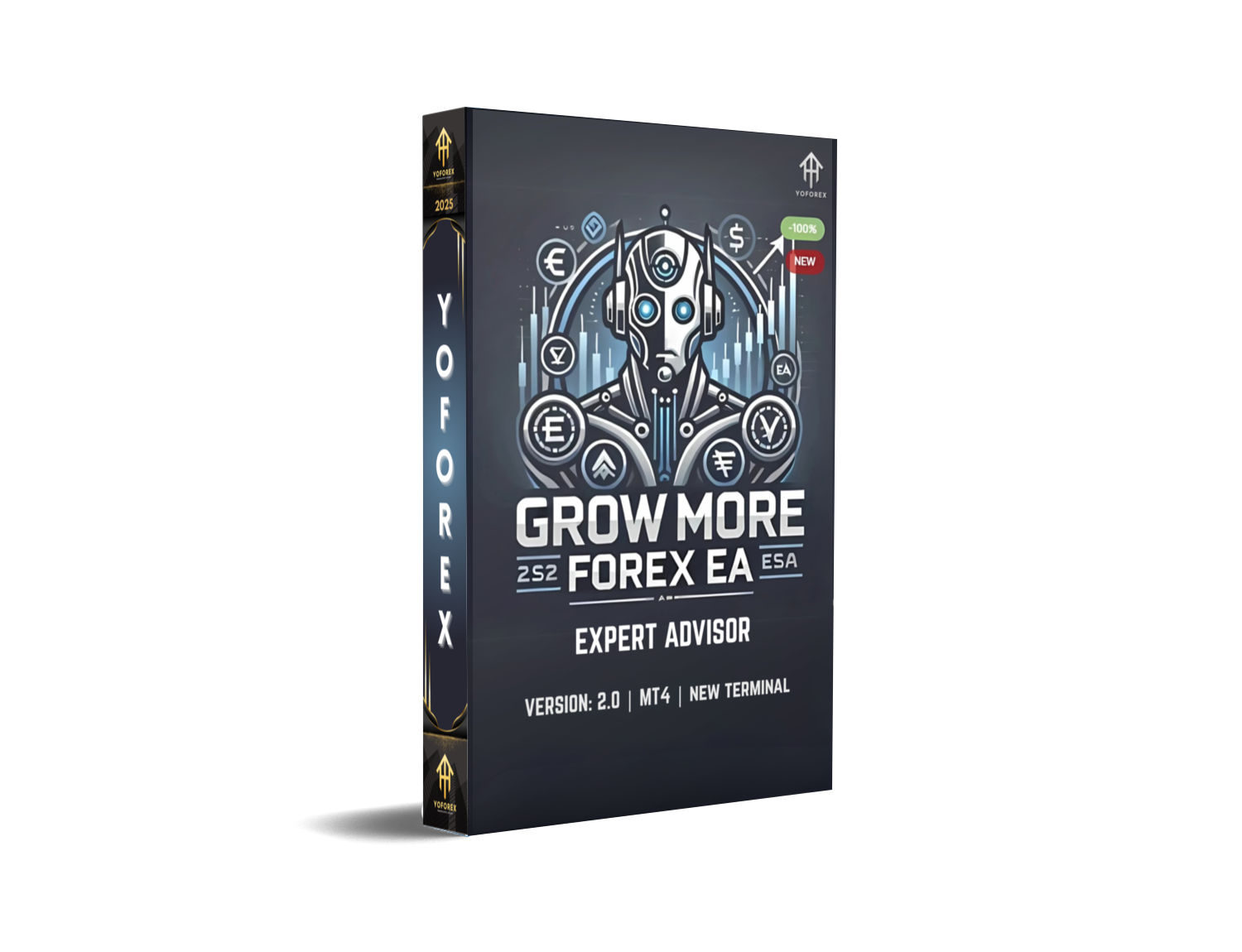




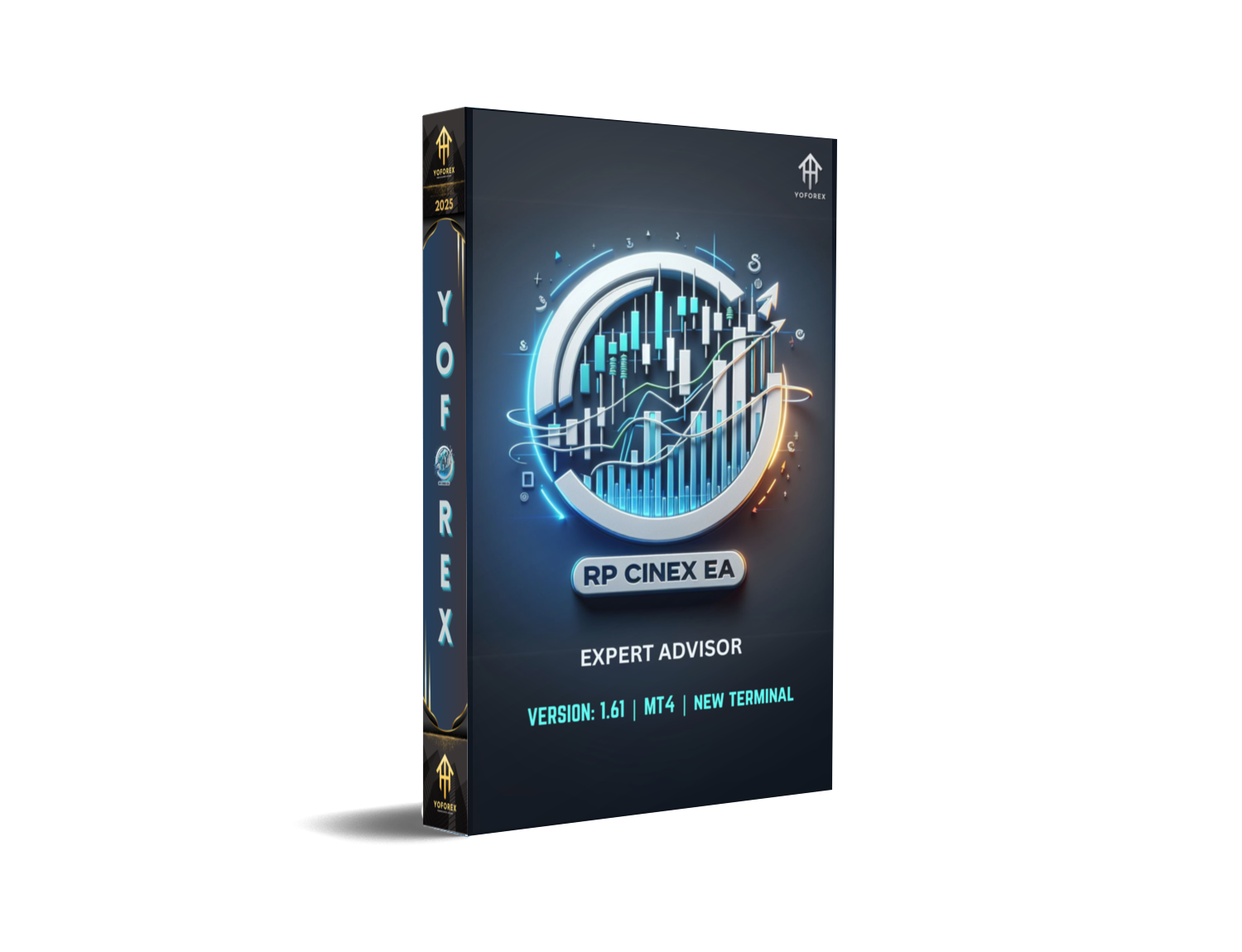

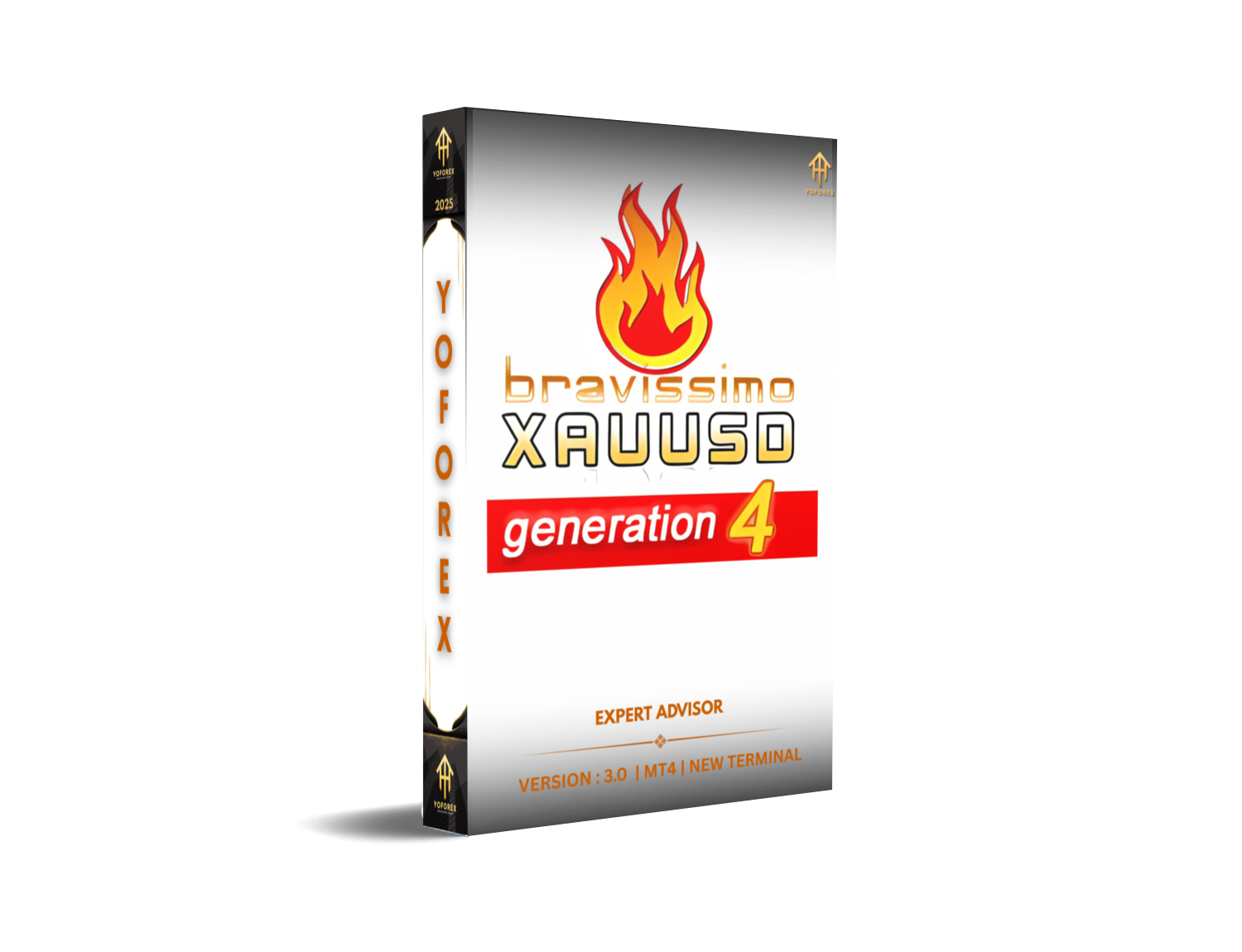
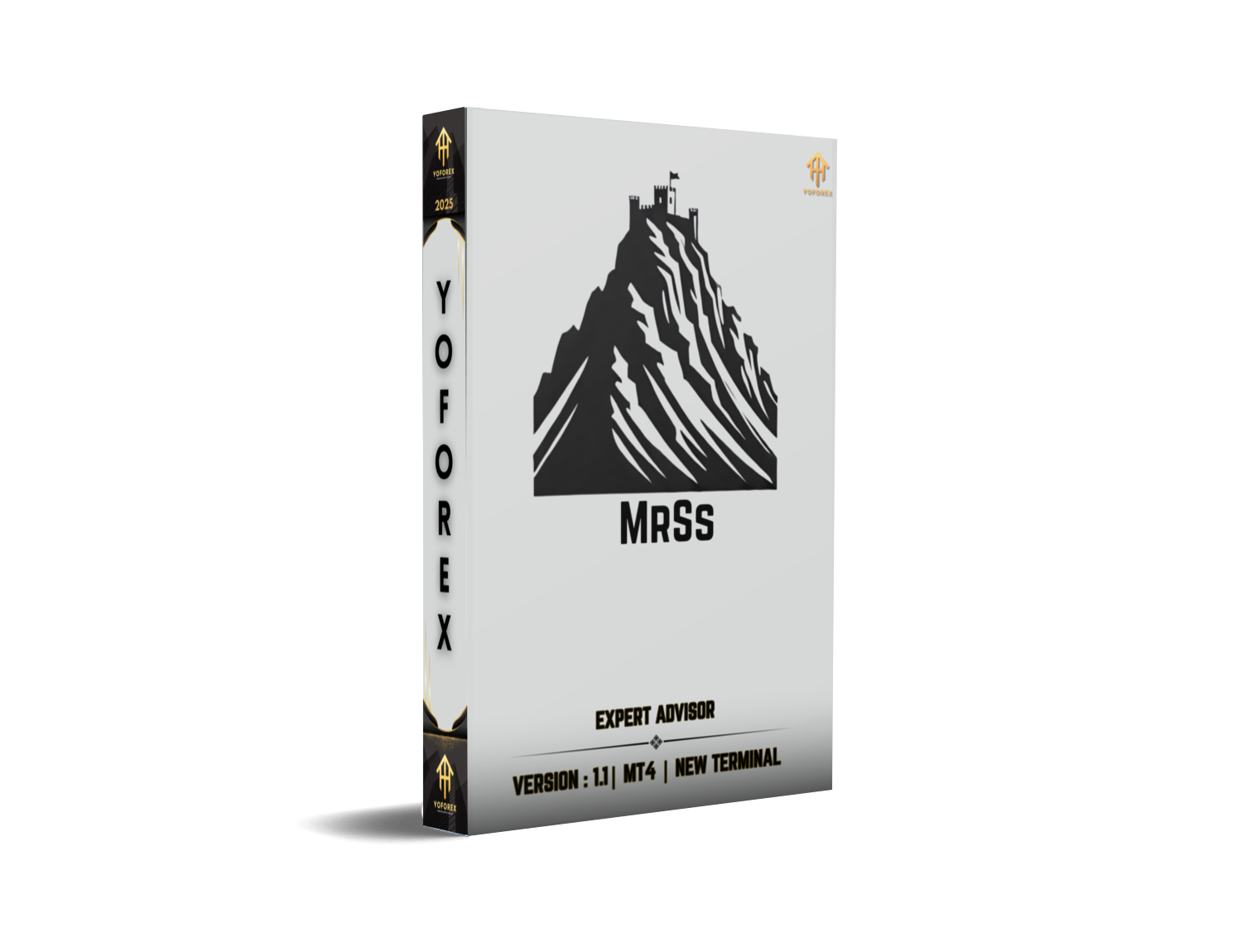

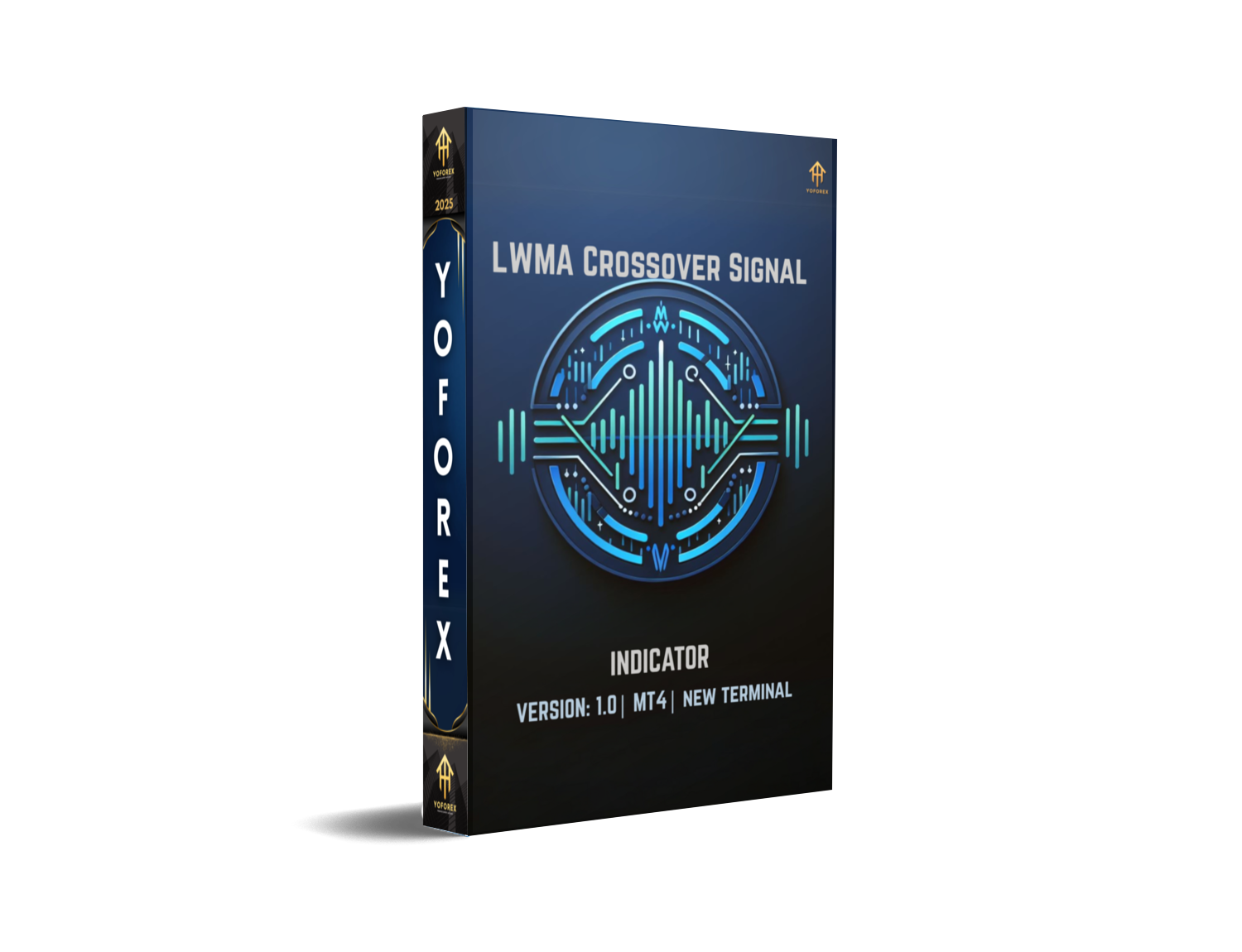


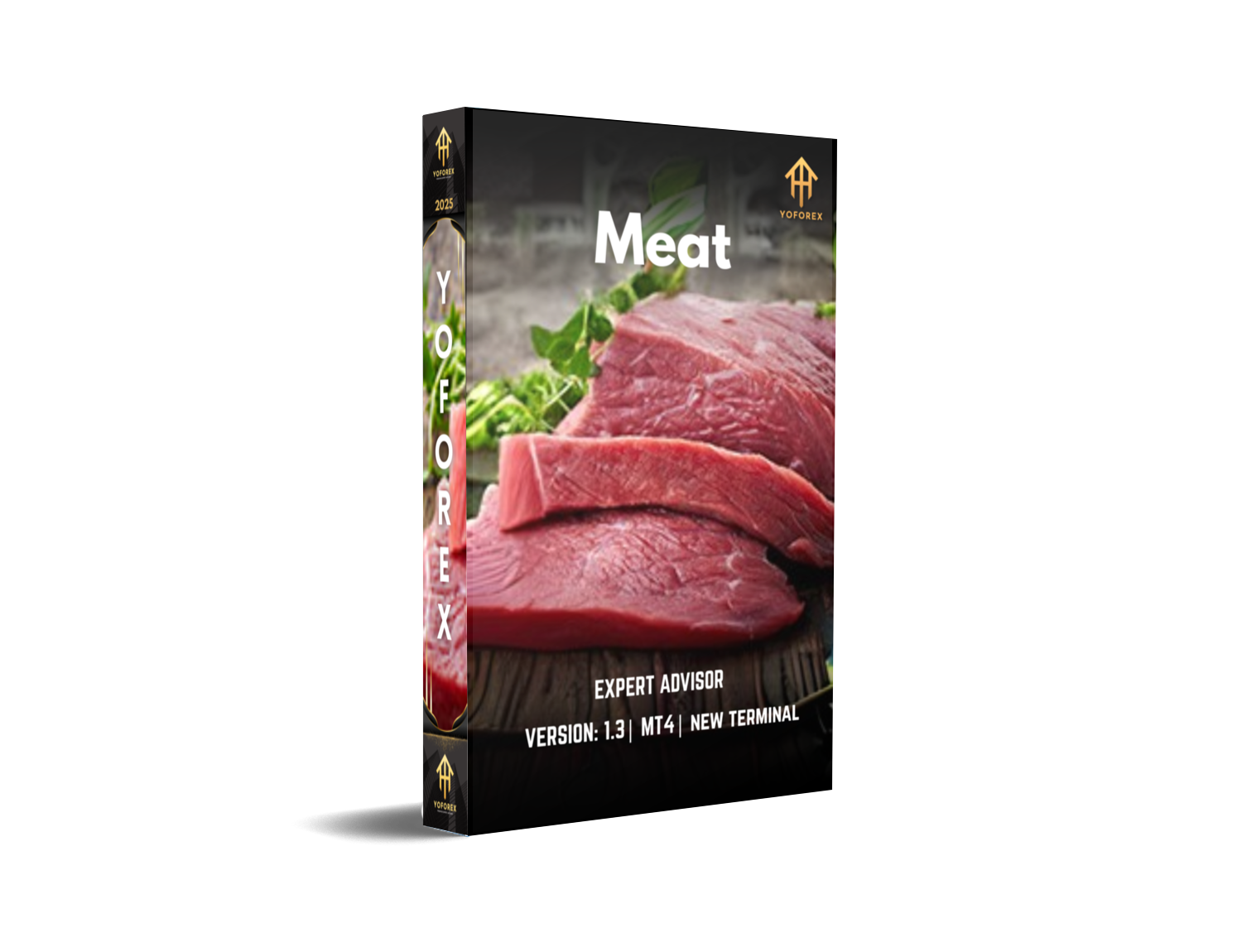
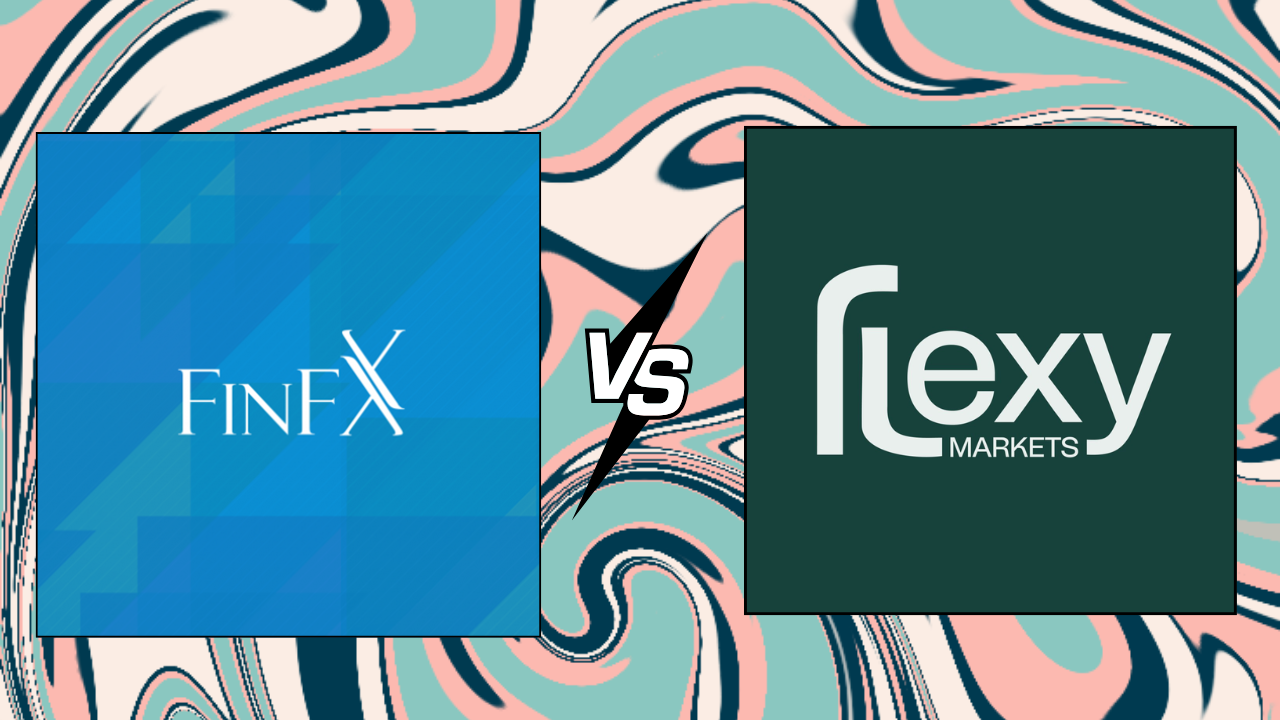
Comments
No comments yet. Be the first to comment!
Leave a Comment